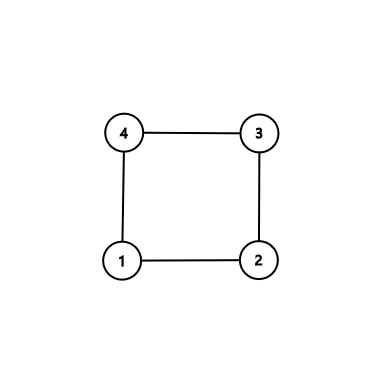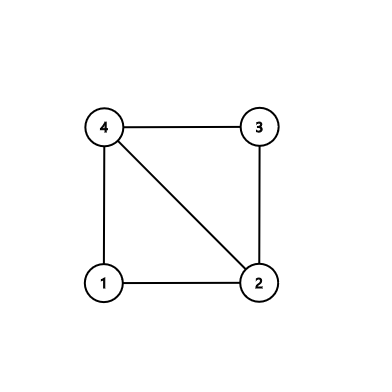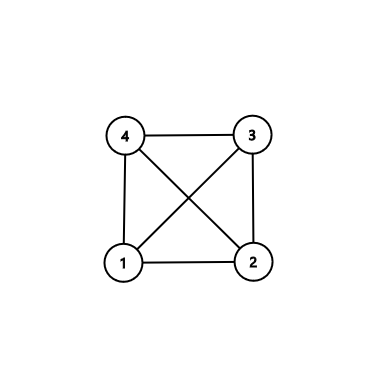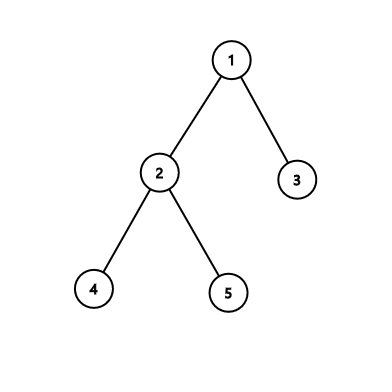Preparando MOJI
Given a connected undirected graph with $$$n$$$ vertices and an integer $$$k$$$, you have to either:
An independent set is a set of vertices such that no two of them are connected by an edge. A simple cycle is a cycle that doesn't contain any vertex twice.
I have a proof that for any input you can always solve at least one of these problems, but it's left as an exercise for the reader.
The first line contains three integers $$$n$$$, $$$m$$$, and $$$k$$$ ($$$3 \le k \le n \le 10^5$$$, $$$n-1 \le m \le 2 \cdot 10^5$$$) — the number of vertices and edges in the graph, and the parameter $$$k$$$ from the statement.
Each of the next $$$m$$$ lines contains two integers $$$u$$$ and $$$v$$$ ($$$1 \le u,v \le n$$$) that mean there's an edge between vertices $$$u$$$ and $$$v$$$. It's guaranteed that the graph is connected and doesn't contain any self-loops or multiple edges.
If you choose to solve the first problem, then on the first line print $$$1$$$, followed by a line containing $$$\lceil\frac{k}{2}\rceil$$$ distinct integers not exceeding $$$n$$$, the vertices in the desired independent set.
If you, however, choose to solve the second problem, then on the first line print $$$2$$$, followed by a line containing one integer, $$$c$$$, representing the length of the found cycle, followed by a line containing $$$c$$$ distinct integers not exceeding $$$n$$$, the vertices in the desired cycle, in the order they appear in the cycle.
4 4 3 1 2 2 3 3 4 4 1
1 1 3
4 5 3 1 2 2 3 3 4 4 1 2 4
2 3 2 3 4
4 6 3 1 2 2 3 3 4 4 1 1 3 2 4
2 3 1 2 3
5 4 5 1 2 1 3 2 4 2 5
1 1 4 5
In the first sample:

Notice that printing the independent set $$$\{2,4\}$$$ is also OK, but printing the cycle $$$1-2-3-4$$$ isn't, because its length must be at most $$$3$$$.
In the second sample:

Notice that printing the independent set $$$\{1,3\}$$$ or printing the cycle $$$2-1-4$$$ is also OK.
In the third sample:

In the fourth sample:
